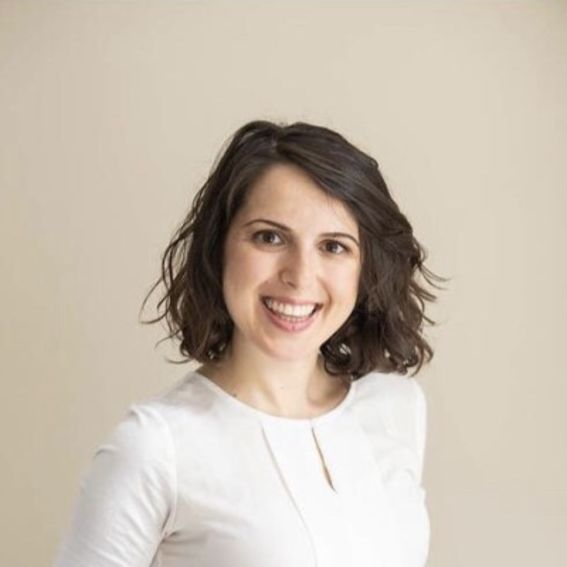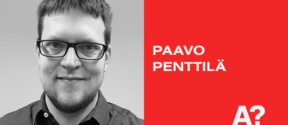My career as a mathematician
Annachiara Korchmaros tells us about her work applying mathematics to issues in neuroscience and genetics

Why did you pick a career in research?
There are two main paths in mathematics, you either teach in school or you don’t. However, in Italy you don’t have to pick one until you finish your master’s. One day, at the end of my last year of college, I attended a talk where for the first time I heard of how mathematics can be used to build algorithms for DNA sequencing. It was so shocking for me to learn that mathematics can go beyond books that after the talk, I asked the speaker to be my master’s thesis advisor. That was the day when I chose to be a researcher.
Where did you work or study before Aalto?
I grew up in Italy and studied there all the way through most my PhD in mathematics. I went to school in a small town in the South of Italy and moved to Perugia, a lovely medieval city in the heart of Italy, to start my bachelor in mathematics at the University of Perugia in 2005. Then, during my PhD, I spent 6 months in my 3rd year in Hungary at the Bolyai Institute in Szeged, and 8 months in my last year in the U.S. at the University of Florida in Gainesville taking classes and doing research. Then, after defending my PhD, I moved to the U.S. to start a master in bioinformatics at the Georgia Institute of Technology in 2015. After finishing my second master (getting married and the right to work in the U.S), I landed my first job in New York as data analyst at the Child Mind Institute in 2018.
What non-work related activities do you do?
I like cooking, in particular baking, reading books and discussing them with other members of my book club. I do Pilates almost every day. When the weather gets warmer, I like biking and hiking.
What does a typical day look like for you?
After 10mins meditation and a good cup of coffee with a croissant, I kickoff my day spending 30mins checking emails and going through my agenda. I usually start with the most creative tasks, as coding or thinking about math problems. Then, I meet my husband for lunch; this gives me the opportunity to have a nice 20mins walk on the Baana. Halfway through the afternoon I work out for 30mins in my apartment to get recharged, and then I keep working until dinner time. Dinner is usually at home, and I cook it with my husband (he’s a better cook than me, I have to admit!). Then, I work one more hour before relaxing on the couch reading or watching tv. I try to push the least demanding tasks at the end of day to be able to fully relax before bed.
What’s the most exciting thing you’ve done as a researcher?
As an applied mathematician, I have had the great opportunity to work with people from other fields, such as medicine and biology. The most exciting thing was to witness a DNA sequencing pipeline, from when the DNA was capture in the laboratory until its genes were annotated from a code implemented on my laptop.
What do you plan to do next?
After my contract at Aalto ends, I will move to Germany to start a second postdoc in mathematics at University of Leipzig. In 5 years I would like to have my own research group with students and postdocs coming from different backgrounds: biology, mathematics, computer science and neuroscience.
_____________________________
Dr. Annachiara Korchmaros has a master’s and doctoral degree in mathematics. Her particular interests are in applying mathematics to address issues in neuroscience and genetics. After finishing her doctoral degree, she moved to the US where she graduated with a master's in bioinformatics and worked as a neuroimaging data analyst for a year. In December 2019 she relocated to Finland in to start a post-doctorate in mathematics in Kaie Kubjas group at Aalto.
Show other posts from this blog

Creating the perfect teacher: How a cumbersome start with Japanese led to a better self-teaching app
Aurélien Nioche describes his recent work on a model that predicts learning outcomes days into the future